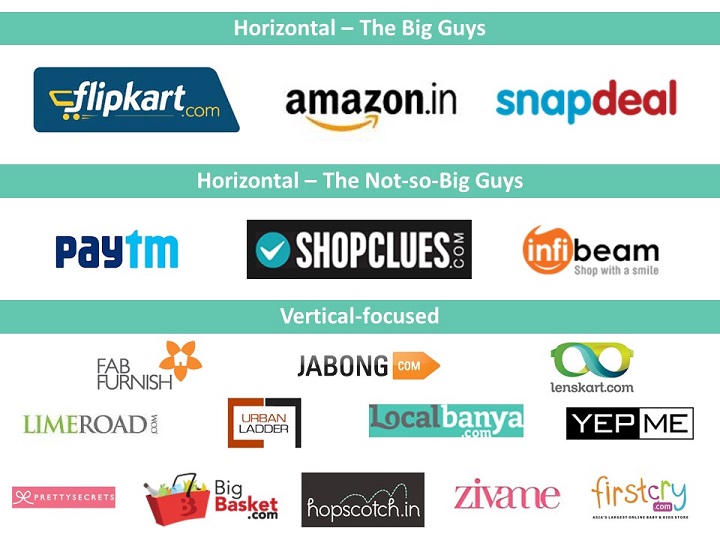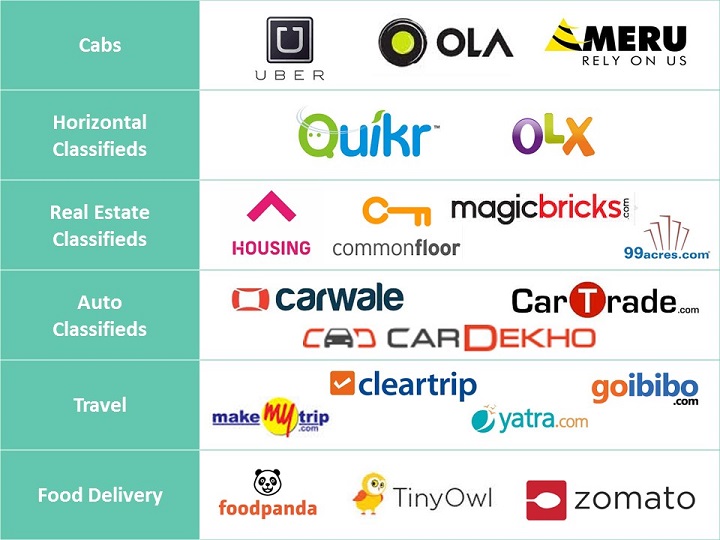In his 1971 paper[i], Martin Shubik described the Dollar Auction game to present a paradox in non-cooperative behaviour and escalation. The rules of the dollar auction game were simple.
- The highest bidder pays his bid amount and wins a 20 $ bill[ii].
- The second-highest bidder also has to pay the amount he bid but gets nothing in return. (Yes. It sucks to be the second-highest bidder)
Technically, a bidder can win the dollar bill by bidding just 1 dollar but that rarely happens. Here’s what typically happens when this game is played in large groups. The bidding starts off with several participants bidding at low levels. Very soon the bidding crosses the 10 $ mark and the bidding frenzy subsides as people start realizing that they are not the only ones looking for a great bargain. However, it still leaves two bidders in the fray. This is when the game starts to become interesting. The two bidders are now no longer bidding to win the 20 $ bill. They are now playing not to lose their bid amounts. The only winner now is the auctioneer.
This game has been played several times across the world and the results might be surprising to many of you. In most cases, the 20 $ bill is sold for more than 2-3 times its value and sometimes total bid values reach as high as 200 $!! Very rarely does the auction end before bidding reaches the 20 $ mark (for the top 2 bidders combined). The scenario of the auction ending before the 20 $ mark only arises when the group is very cooperative which is rarely the case.
Examples of the dollar auction game can be seen very often in the real world. The Vietnam war and the Indo-Pak Kashmir conflict are examples where all the participants have paid a heavy price for not backing out early enough.
—
In India, the consumer internet landscape is also showing competitive behaviour which is best explained by the dollar auction game. Due to network effects, consumer internet is believed to be a winner-take-all model resulting in a similar situation as the dollar auction – only one player wins the 20 $ bill. However, unlike the dollar auction game where only the second-highest bidder ends up losing, in consumer internet all players that participate will end up with high losses if they don’t win.
In Indian e-retail, the fierce competition has resulted in 3 large horizontal players remaining in the fray – Flipkart, Amazon & Snapdeal (let’s call them FAS). While there are several other smaller players, FAS are the clear biggies.

FAS are competing aggressively to win the 20 $ bill i.e. dominant leadership in Indian e-retail (which they expect will translate into high profitability). What is also interesting is that no one currently knows the actual size of the prize – is it 2 $, 20 $ or 200 $? All that is required for none of the FAS to make money is even one of them deciding that the prize is bigger than 200 $ and competing accordingly. This seems to be the case in the current market.
FAS are continuously raising the bids (burning cash) by increasing discounts, providing free deliveries and splurging on mega-advertisement campaigns on prime time. The hope is that their higher bids will eventually force the other players out and allow them to claim the 200 20 2 X $ bill. However, this is unlikely to happen as the 3 companies are equally matched and have investors with a large pool of capital. The end of this game will be similar to most dollar auction games with FAS buying a 20 $ bill for 50 $. Even if 2 of the 3 feel the need to reduce the bidding frenzy, they would be compelled to follow the aggressive bidder. Not bidding is losing. Only the auctioneer (consumer) stands to win. In short, ye to FAS gaye hain.
This dollar auction phenomenon is not just limited to e-retail in India but is visible across the consumer internet landscape with few exceptions (the likes of Zomato, Naukri, BookMyShow, PolicyBazaar, RedBus).

Dollar auctions in progress across segments
Not all these segments will prove to be value destroyers. In some segments the prize will be surprisingly large resulting in big profits despite high cash burn. However, behaviour akin to the dollar auction game will result in most of the consumer internet businesses fighting to not lose rather than win.
How to play?
The only way to win at a dollar auction game is by not participating in one.
The successful consumer internet companies globally have been those that faced little to no competition in their segment/geography. These were typically innovators who created new business models. They faced little competition because the value of the prize was uncertain and not estimated to be large enough by competitors (Examples – Amazon, Uber, Airbnb in US; Alibaba in China). Before competition woke up, these companies had already become giants in their space and had won the 20 $ bill without indulging in excessive bidding (cash burn).
So if as an entrepreneur you are looking to build the next big consumer internet company in India, a good question to ask yourself is – Am I walking into a dollar auction?
[i] http://www.math.toronto.edu/mpugh/Teaching/Sci199_03/dollar_auction_1.pdf
[ii] Shubik’s original paper only talks about a 1 $ bill. But that was 1971.

Kushank Poddar
Loved the dollar auction game analogy. Provides a great mental model to think about such winner-takes-all scenarios.
Jinen Udani
Such an amazing explanation !